134th Battalion Tunic
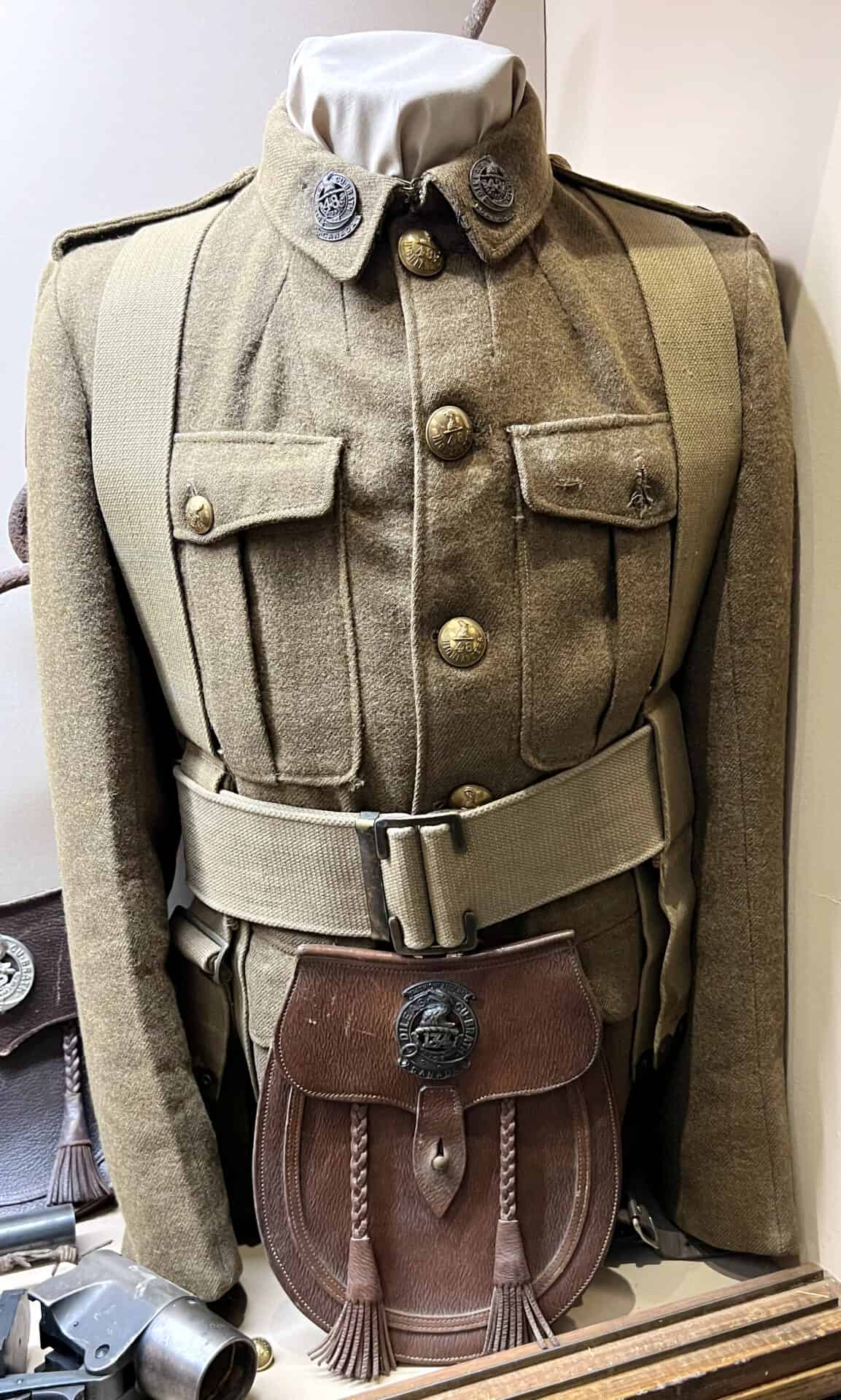
The 134th (48th Highlanders) Battalion, CEF was a unit in the Canadian Expeditionary Force during the Great War. Based in Toronto, Ontario, the 48th Highlanders began recruiting a third battalion, the 134th Battalion, in late 1915 in that city. The battalion was designated to be a combat battalion for a 5th Canadian Division which was […]
Large Caliber Shell
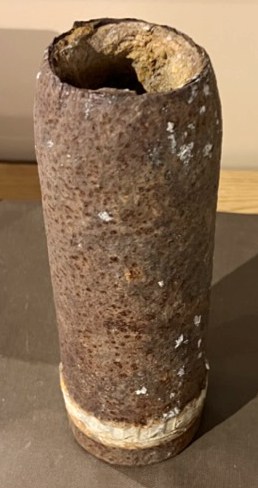
A 9.25 inch (23.5 cm) by 3 inch (7.62 cm) rusted shell. World War I was a war of artillery—The Big Guns. Rolling barrages destroyed the earth of France and Belgium and the lives of many. Millions of shells were fired in single battles, with one million shells alone fired by the Germans at the […]
Administration and Organization Book
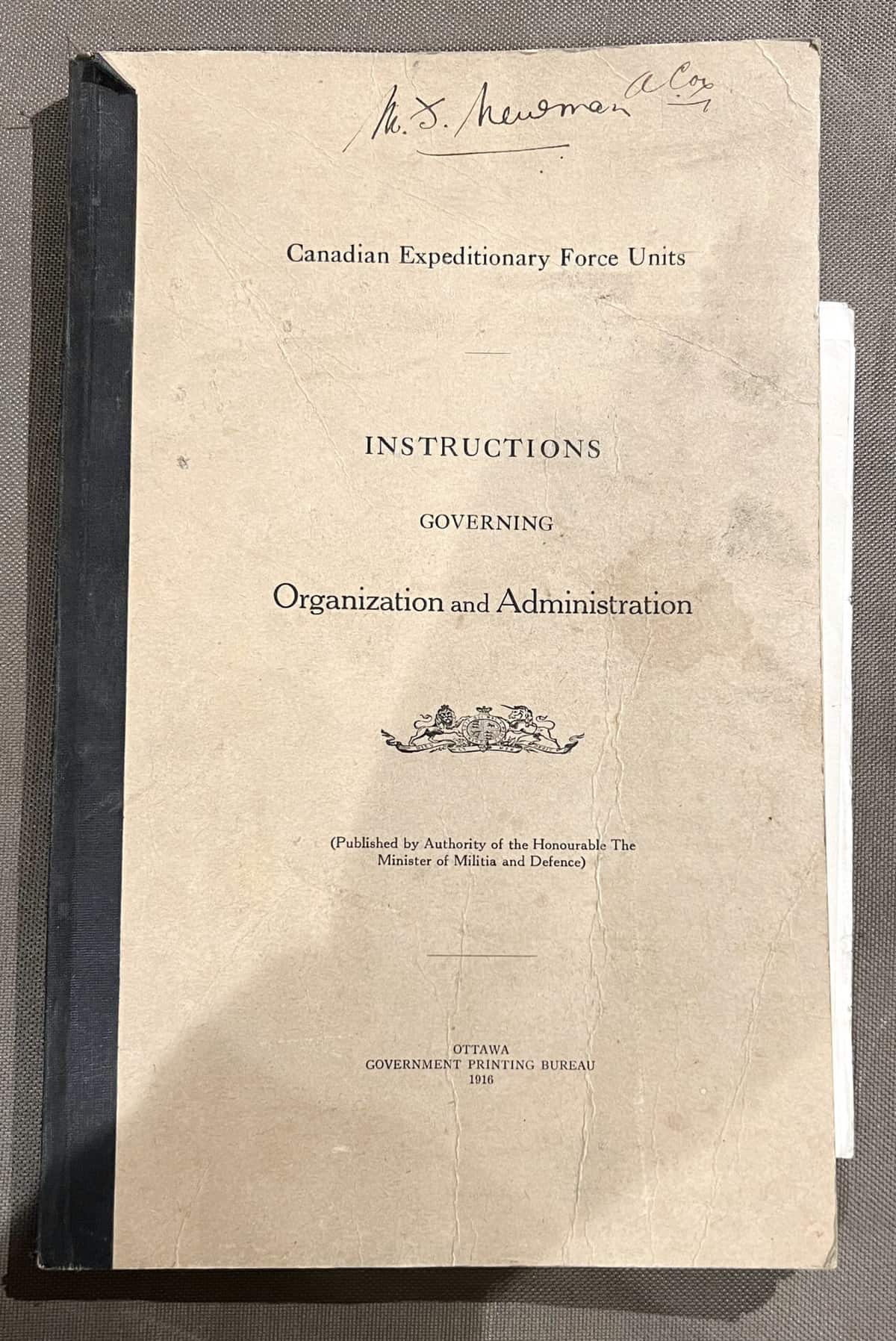
An 8.5 inch (21.59 cm) by 14 inch (35.56 cm) Administration and Organization Book signed by Lt. MF Newman.
Pte Robert Charles Houghton, 15th Battalion
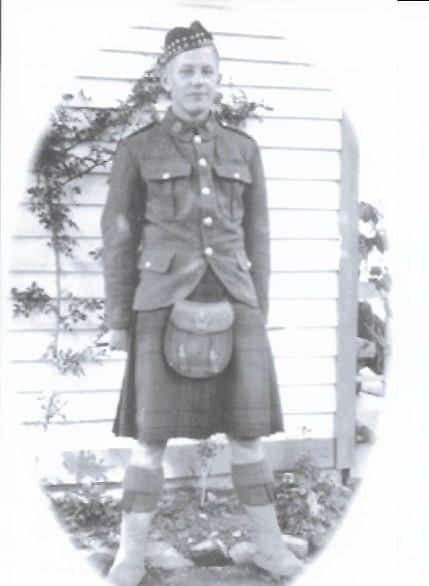
B800176 Pte Houghton, Robert Charles – Photo wearing glengarry dress tunic, men’s OR leather sporran, kilt, spats outside house KIA Aug 15, 1917, Vimy War Cemetery
Ypres Battle Map 1915

A 15 inch by 11.5 inch wooden framed battle map showing the position of the 1st Canadian Division in the front of Ypres on April 22, 1915. The 15th Bn was one of the forward Bns. of 3rd Canadian Brigade when the Germans unleashed in the late afternoon their first gas attack. The Bn. had […]
Wire Cutters
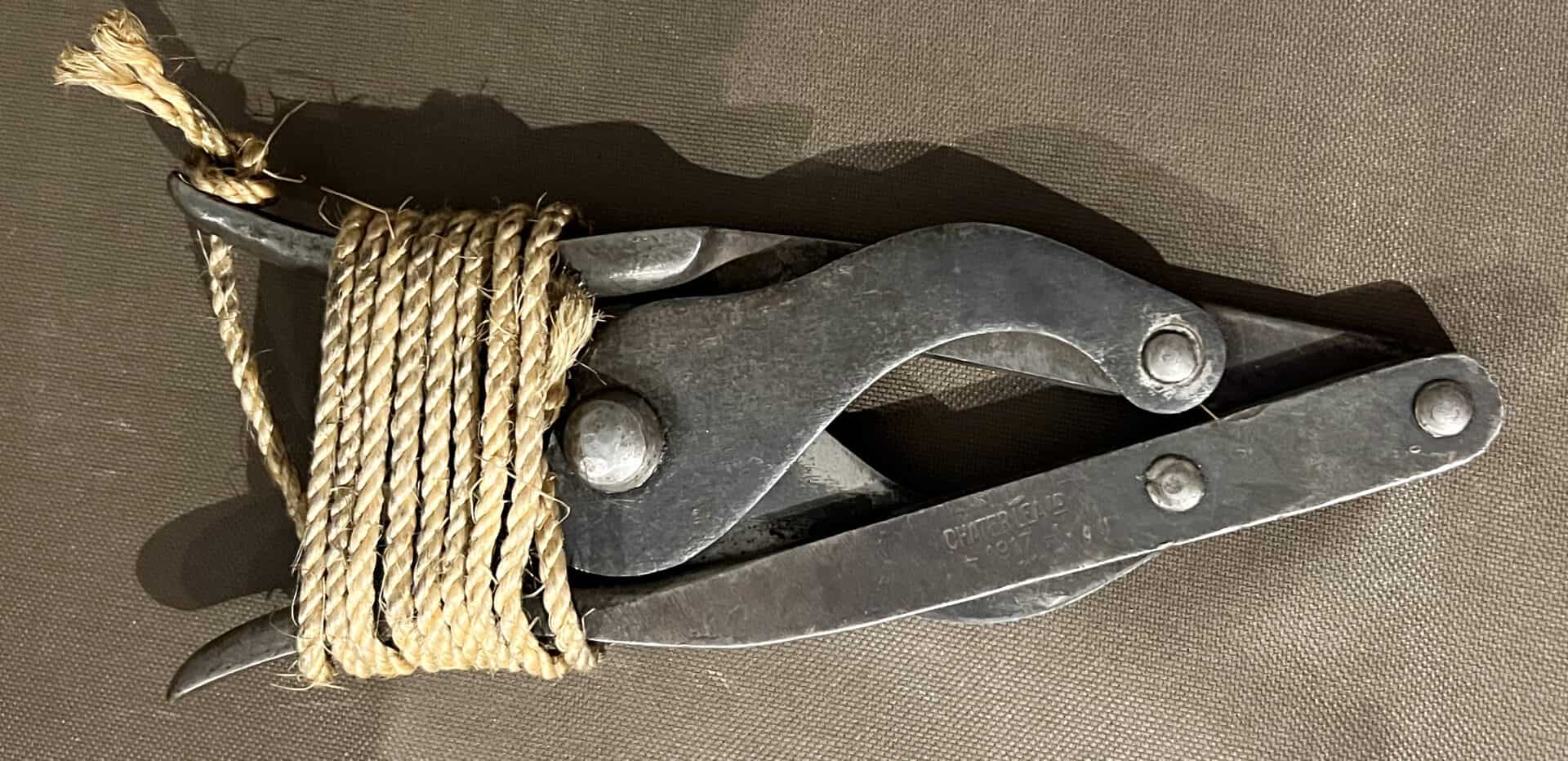
Hundreds of thousands of miles of barb and razor wire were laid by both sides during the First World War. As the war transitioned from a war of movement to defensive one barbwire became instrumental to trench warfare. It offered an extremely cheap and easy way to create defence in depth. It was artillery resistant, […]
Kingston Road trench sign – The Somme area
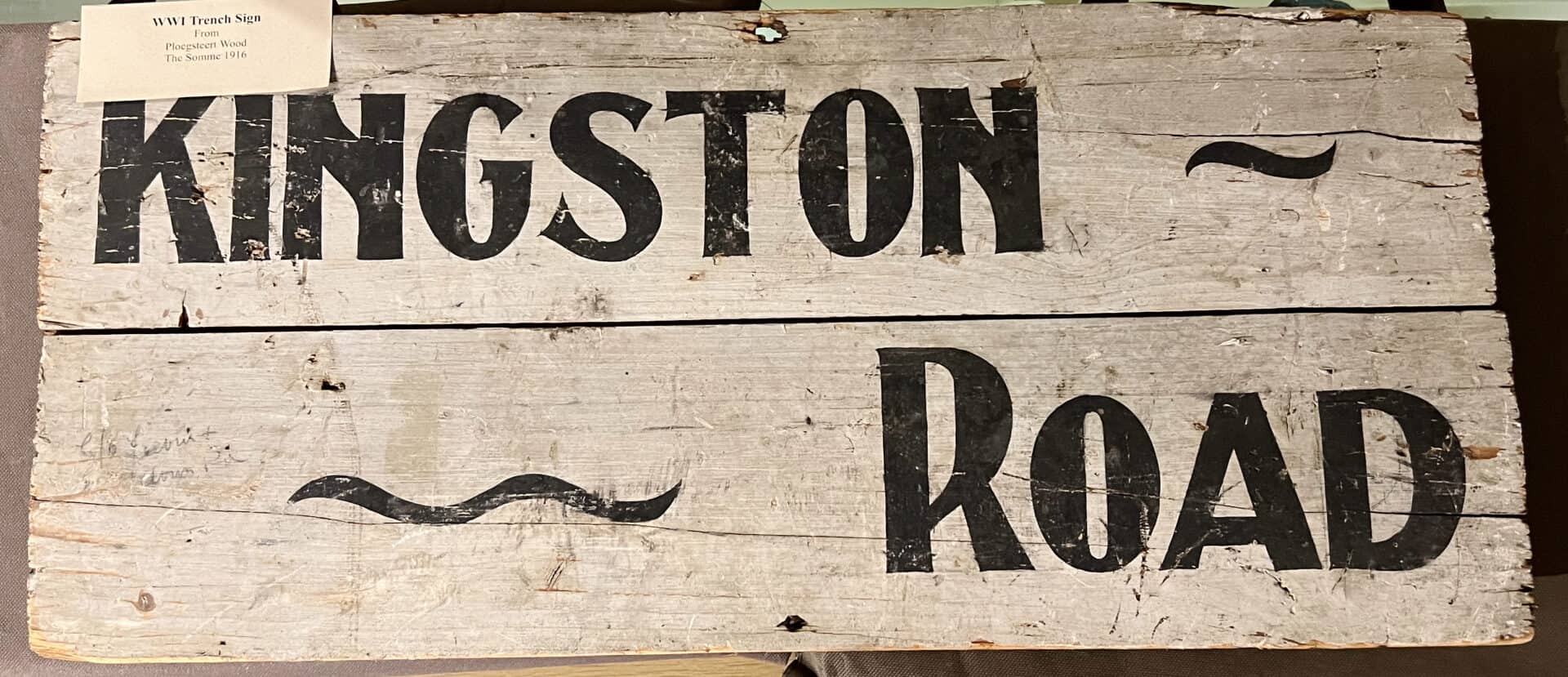
An 11 inch (27.94 cm) by 24 inch (60.96 cm) sign for the Kingston Road trench at Ploegsteert Wood, The Somme in 1916. Signage was used to guide and direct troops to assigned locations. The sign has much damage shown along the edges from its hard life in the trenches. Of all the many thousands […]
Dayfield Body Shield
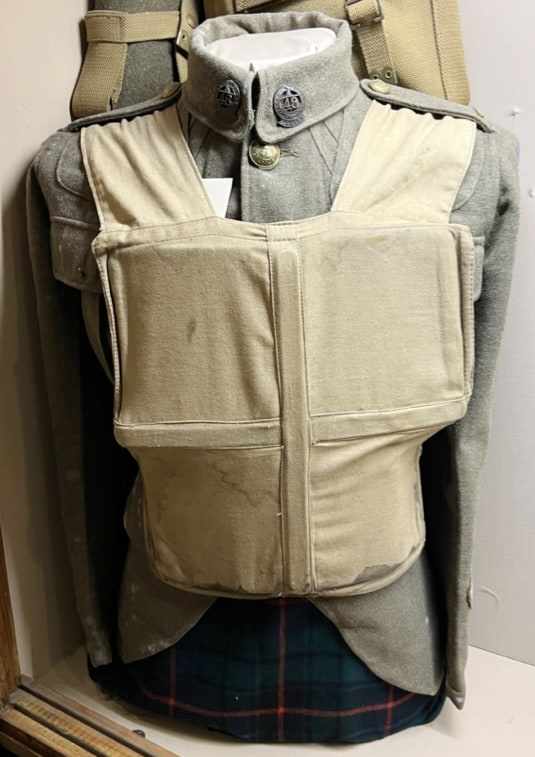
The Dayfield Body Shield was manufactured during WWI for purchase, marketed at families of soldiers fighting on the front line, rather than for issue by the British Army to soldiers. It consists of steel plates on the front and back, and was worn under the coat to protect the wearer from bullets. Such shields were issued to […]
Pte Paquet, A. Portrait in kilt uniform, Belgium 1918 S/N 23715
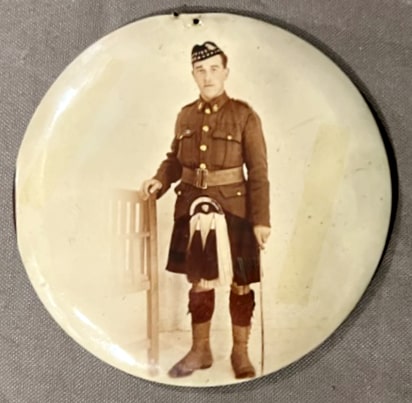
A 6 inch circular portrait of Pte Paquet, A. in Belgium 1918 S/N 23715 wearing his dress uniform.
Pte Paquet, A. – portrait in Belgium 1918 S/N 23715
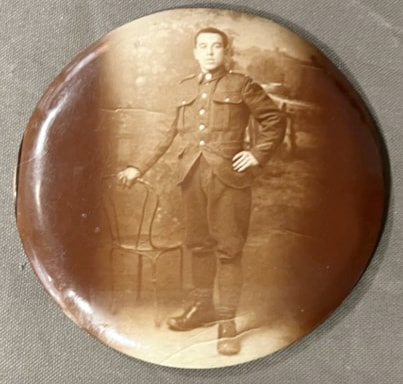
A 6 inch circular portrait of Pte Paquet, A. in Belgium 1918 S/N 23715 wearing his working uniform.
